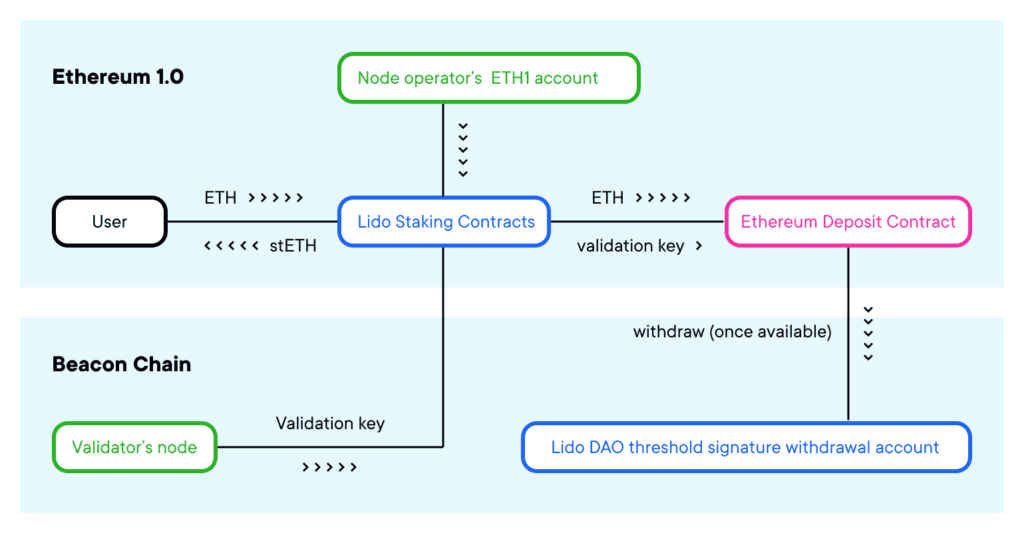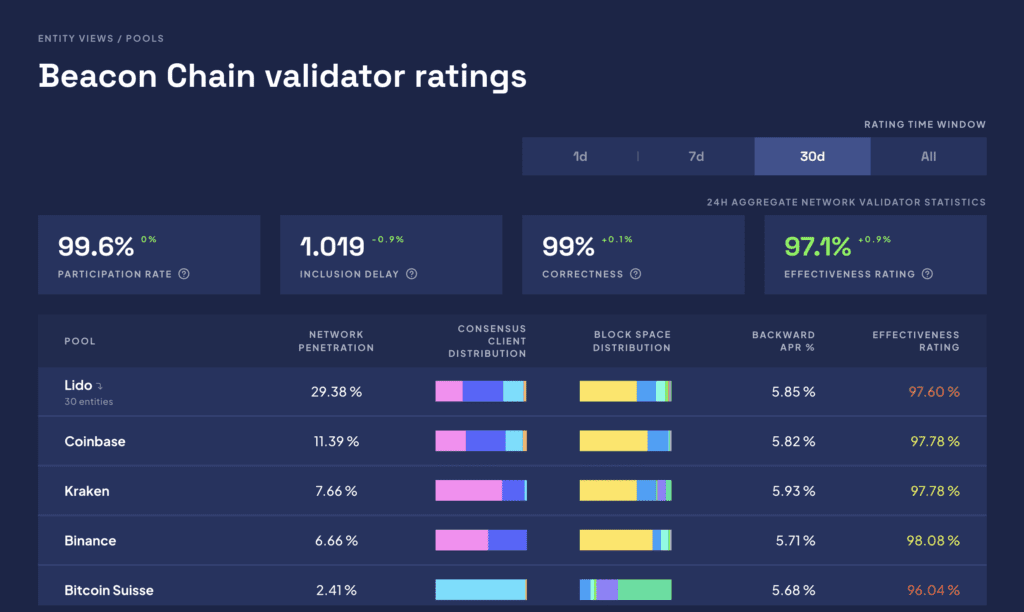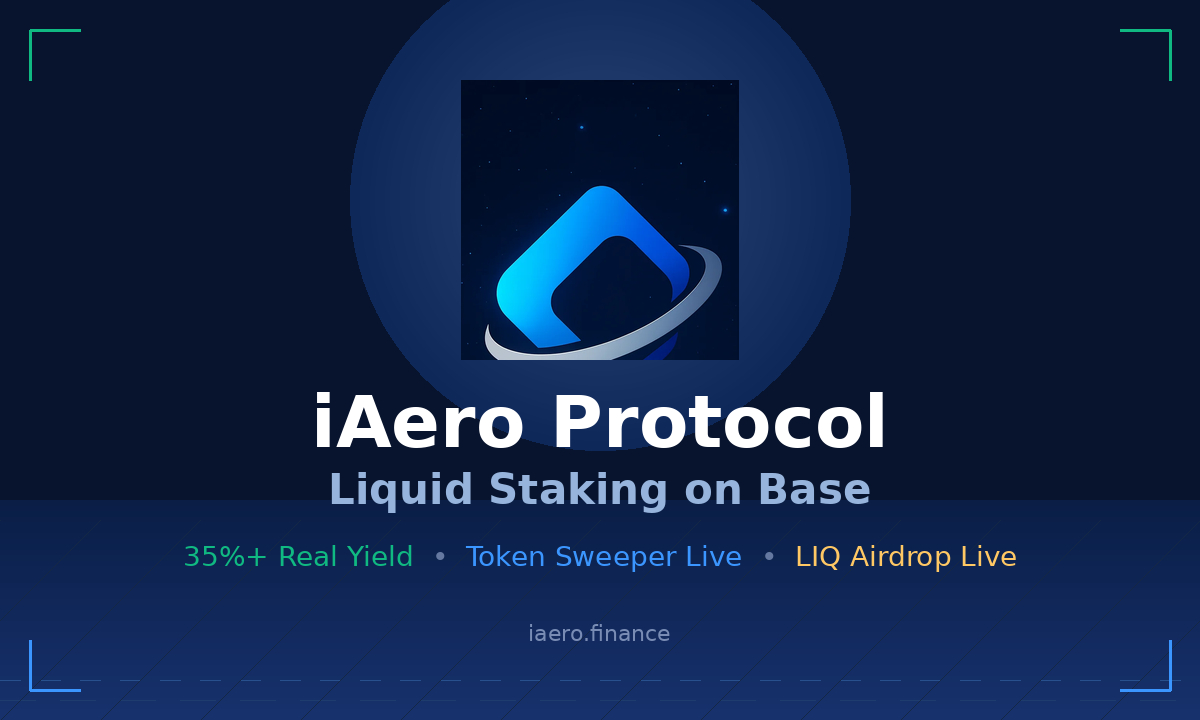Understand 4 Ethereum Staking Schemes, And Get Your Staking Income With Peace Of Mind
Recently, Kraken suspended the news of staking, which led to mixed opinions in the crypto community. This article was created to discuss the basics of staking.
- Essentially, the most important thing about Staking is to look at the ownership of the two private keys.
- Due to the different ownership of the two private keys, four types of Staking schemes were born.
We believe that with this super long thread, you can have a deeper understanding of Lido, Rocket, Coinbase, Kraken, SSV, and Ebunker.
If Ethereum is regarded as a company, the validators responsible for staking are employees. Its job is to verify the legitimacy of the transaction and then package the block on the chain (although the work of building blocks has now been slowly outsourced to MEV service providers).
First of all, as a verifier, you need to prove your employee identity. After all, not everyone can come to verify casually. After paying the 32ETH deposit, you need to work with a certificate (i.e.: [Verification key]).
In theory, the first step in staking is to create a verification key. Then, you take your verification key, which is your work permit, to stamp each transaction.
Second, Ethereum thoughtfully designed a second private key to receive the deposit (32ETH) just mentioned.
When you become a verifier, you will have to fill in a “withdrawal address.” It is the address where you will withdraw your principal and salary in the future, and the private key of that address should theoretically be in your hands (i.e.: [withdrawal key]). Let me use an analogy; this is your salary card. I think everyone understands the purpose of these two private keys: the verification key (work permit) and cash withdrawal key (salary card).
Next, according to the different ownership of the two private keys, four staking solutions were born:
- CEX class
- Large pool subclass (Pooled Staking)
- SaaS class (Staking as a Service)
- Solo class

Option 1: CEX class/full custody if you use the exchange staking solution
For example, Binance, Coinbase, or Kraken (which just announced the suspension of staking services). You will find that you have never created a [verification key], nor filled in a [withdrawal key], then this is the standard “full custody.”
Where are the two keys?
- Verify that the key is in Binance Pool or Coinbase Pool
- The withdrawal key is in the cold wallet of Binance and Coinbase
You don’t have to go to work at all (participate in verification), and the salary card is also kept by the exchange for you. This solution is the most worry-free and guaranteed. But it is not suitable for those who pursue decentralization. After all, there are FUD every three days, and now the United States does not even allow you to do this.
Option 2: Pooled Staking
This is the staking solution of Lido and RocketPool. You still don’t need to create two Keys, which are managed by Lido and Rocket, so what’s the difference between it and an exchange?
Let’s talk about the verification key first:
- Exchange: Obviously, it operates only 1 under its umbrella, which is itself.
- Lido: There are 29 professional operators under Lido 1.0, and Lido entrusts them with the management of ETH, so the verification key is relatively scattered, and each of the 29 operators gets a part. It is equivalent to saying that Lido is a group, and there are 29 strong migrant workers under it. You don’t need to work yourself, let the professionals of the migrant workers help you to work. Therefore, the operator takes 5% and Lido takes another 5%.
- RocketPool: RocketPool can have countless operators, and anyone with a machine/cloud server + 16 ETH can be an operator. It is equivalent to saying that RocketPool is a crowdsourcing platform, with a bunch of Meituan riders under it, with their own electric vehicles (machines/cloud servers) and computer rooms to help you run nodes.

Of course, they also have to take a commission.
Let’s talk about the fund withdrawal key.
It is necessary to add another principle here: what is the process of staking withdrawal?
As we all know, Ethereum is two chains: Ethereum 1.0 (execution layer) and Beacon Chain (consensus layer). When you go to stake, the first step is to remit ETH to the Ethereum 1.0 Beacon vault address to lock the warehouse, and then Beacon Chain will generate the corresponding eth for you on the consensus layer.
Note that these ETHs are locked, not destroyed on 1.0 or cross-chained to the Beacon Chain; it is just locked-mapped.

After the Shanghai upgrade, cash withdrawal will be a new type of transaction. When you withdraw:
- Your node notifies Beacon Chain to send a withdrawal signal
- Queue
- After queuing up to you, Beacon Chain will notify the Ethereum 1.0 treasury
- The vault address of Ethereum 1.0 remits money to the address you specify, such as 0xABC
Therefore, the so-called [withdrawal key] is essentially the private key of the address 0xABC.
And the withdrawal key of Lido&Rocket is to help you pack 3 more layers:
- You inform Lido\RPL that I want to withdraw
- Lido\RPL notifies the operator that a certain node wants to withdraw cash
- The operator notifies BeaconChain that a certain node wants to withdraw cash
- Queue
- BeaconChain notifies Ethereum 1.0 treasury
- Ethereum 1.0 vault address to Lido\RPL to withdraw money from the vault
- You destroy stETH\rETH, and Lido\RPL smart contract sends money to your address.
PS: If you switch to an exchange, the seventh step is to add balance directly to your Binance\Coinbase central account by CZ\Armstrong.
For the large pool subclass scheme, steps 1, 4, 5, 6, and 7 are impeccable and are purely on-chain operations. The weak link is in steps 2 and 3. Theoretically, the big pool sub-category scheme can reject your withdrawal. For example, if you are sanctioned by the OAFC of the United States for using Tornado, then steps 2 and 3 can be done without sending you a letter.
Why do we call it the “big pool” scheme because the withdrawal addresses of all its nodes are filled with the same address, which is the smart contract address of Lido\RPL’s withdrawal cash library?
Of course, as far as CEX is concerned, they still have great progress.
However, due to the existence of the operating space in steps 2 and 3, this type of solution has also become a solution that is very close to “full hosting.” After all, the withdrawal key is theoretically still owned by Dachizi, and what you hold is only the “withdrawal address” of the “withdrawal address.” Therefore, I tend to classify as “full trusteeship” all schemes that do not control the final whereabouts of funds.
Some Rocket Pool supporters often claim that it is completely decentralized, and this slogan is deeply rooted in the hearts of the people.
But when you read this thread, you will know that it is verifying the key part, which is decentralized, and anyone can be a verifier (Lido V2 is also working hard to achieve it).
As for the withdrawal key part, as a user, you still cannot participate, and your assets are still quietly lying in the third-party wallet.
Of course, Lido and Rocket are only one or two steps more than exchanges, but they are more decentralized, which is still a good compromise. Especially for Lido, the liquidity of stETH is very good (currently far exceeding all other LSD schemes), which is an important plus item.
Option 3: SaaS (Staking as a Service)
By the third step, staking is even more fundamentalist.
There is no such beauty in real life, but the Ethereum network has it, which is SaaS or VaaS (Validator as a Service). Let’s take the example of a non-custodial mining pool @ebunker_eth.
The first thing we need to do is to make the verification key into a keystore and give it to Ebunker Pool. Next, a professional mining pool will maintain the block generation of this node. At the same time, fill in my own withdrawal address. That is, we have the final withdrawal right of Ethereum.
To sum up:
[Verification key], one for us and one for the mining pool;
[Withdrawal key], only the admin user have it.
That is: work in the mining pool/we get the money/the mining pool gets a commission.
What is the difference between this scheme and the big pool subclass? The difference is:
- For the Pooled category, the withdrawal address is unified (that is, the Lido\RPL vault), so it is a “big pool.”
- For the SaaS category, everyone fills in their own cash withdrawal address, so it is a “small pool.”
Then you may ask, it’s like SaaS, if the mining pool doesn’t help you broadcast on the Beacon Chain, you still can’t withdraw cash?
Here comes the key, because you have your [verification key] in your hand, if the worst happens, such as the mining pool rug, you can still run this node and broadcast in person. At the same time, you still have a [withdrawal key] in your hand, so you can withdraw cash in person and get back the principal intact.
In the big pool subclass scheme, after the worst case occurs, you do not have this ability because you have neither the verification key nor the withdrawal key.
Then you may ask the second question, in the SaaS solution, can the small pool mining pool take my money and run away? This is the ingenious design of Ethereum Staking because when you create a node, you will fill in your withdrawal address, and the mining pool cannot tamper with it. Therefore, even if the mining pool is a rug, your principal cannot be taken away by the mining pool because the difficulty of stealing it attacks Ethereum itself.
In the big pool plan, after the worst case happens, it can theoretically run away with the money. Quite simply, it just needs to upgrade its vault contract, transferring its ownership to the attacker. Of course, this is the worst case, and the probability of it happening is very small.
In order to counter this, Lido introduced multi-signatures to manage smart contract upgrades; and Rocker Pool seems to be secretive about this matter, and it has not found relevant content discussing contract upgrades for the time being.
Therefore, for those who do not want to work (after all, 24/7 operation and maintenance nodes are not an easy job), and have security requirements (do not manage funds for third parties), choosing SaaS services is a good choice. In addition to @ebunker_eth, there are some mining pools that provide similar “non-custodial” services, which can be checked on Rated.
Of course, there are also disadvantages. All unmanaged SaaS types do not have LSD solutions. The reason is also very simple, how dare someone send you a passbook (LSD) if they don’t know your private key? Of course, some SaaS mining pools will also provide a large pool plan, and the large pool plan can be given to LSD.
In more concise words: Whoever holds the private key determines whether LSD can be obtained. Both CEX and large pool solutions are acceptable, but small pools and Solo solutions are not acceptable.
After the upgrade in Shanghai, the withdrawal of Ethereum can take up to 1-2 months, and the liquidity of the SaaS-type small pool solution has also been guaranteed to a certain extent. Giving someone else the key/APR is fine.
Option 4: Solo staking
Finally, the ultimate holy grail, Solo staking.
Solo, as the name suggests, plays by itself, does not introduce any third parties, and is a solution that is full of stars for decentralization and security.
Solo miners own the verification key and withdrawal key by themselves. The advantages are obvious, safe, and no one takes a commission, adds diversity to Ethereum, and… meets the needs of the spiritual world!
The disadvantages are also obvious: working by yourself requires cost: time cost (maintaining it), capital cost (renting a server/building a physical computer room). Without 24-hour maintenance, your APR will be slightly lower because of the penalty.
For example, the current effective rate of block generation in the entire network is 97%. Vitalik may be a Solo miner. As professional as him, he can only achieve a 96% effective rate. Rocket Pool is even lower. It is crowdsourced, and the effective rate is only 95%.

The threshold for Solo is at least 10K Ethereum, that is, more than 30 groups of nodes. On the one hand, it is to consider the stability of block generation (it is also very uncomfortable not to grab MEV blocks). On the one hand, the income does not equal the cost.
However, if you have enough Ether, even more than 30K, or 50K, then you can consider hiring some people to run it. After all, paying wages is cheaper than being commissioned by a large pool/small pool, and there must be more surplus. And, Solo is the holy grail of eternity. If the number is large enough, I strongly recommend looking into Solo. For quantities below 100K, it is recommended to revisit categories 2 and 3.
Also, insert a spur.
What is SSV for? SSV is actually a researcher of DVT technology. For the time being, it is not a competitor with the above four types of solutions, but a cooperative relationship. DTV is used to split verification keys.
When your verification key is split into 4 parts, the beauty is:
- If one operator drops the line, other operators can make up immediately;
- At the same time, each operator does not know the complete verification key, which makes the verification process more decentralized, and it can make Lido, SaaS, and Solo solutions stronger.
We hope this analysis can help you thoroughly understand the relationship and similarities and differences between all staking schemes. Everyone is welcome to mark and review at any time.
DISCLAIMER: The Information on this website is provided as general market commentary and does not constitute investment advice. We encourage you to do your own research before investing.
Join us to keep track of news: https://linktr.ee/coincu
Harold
Coincu News






















